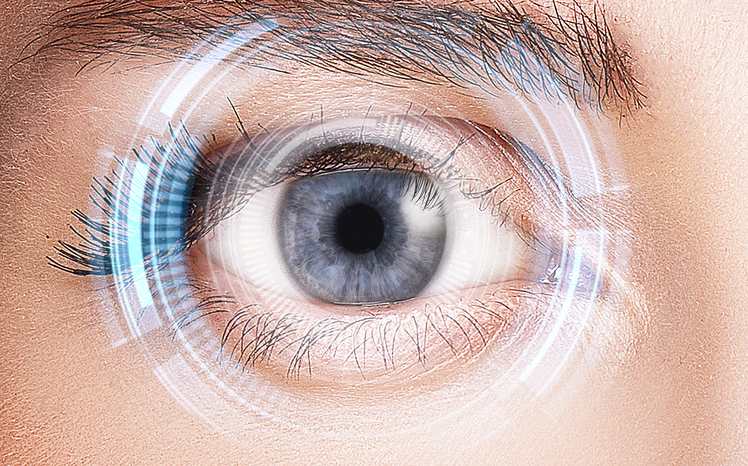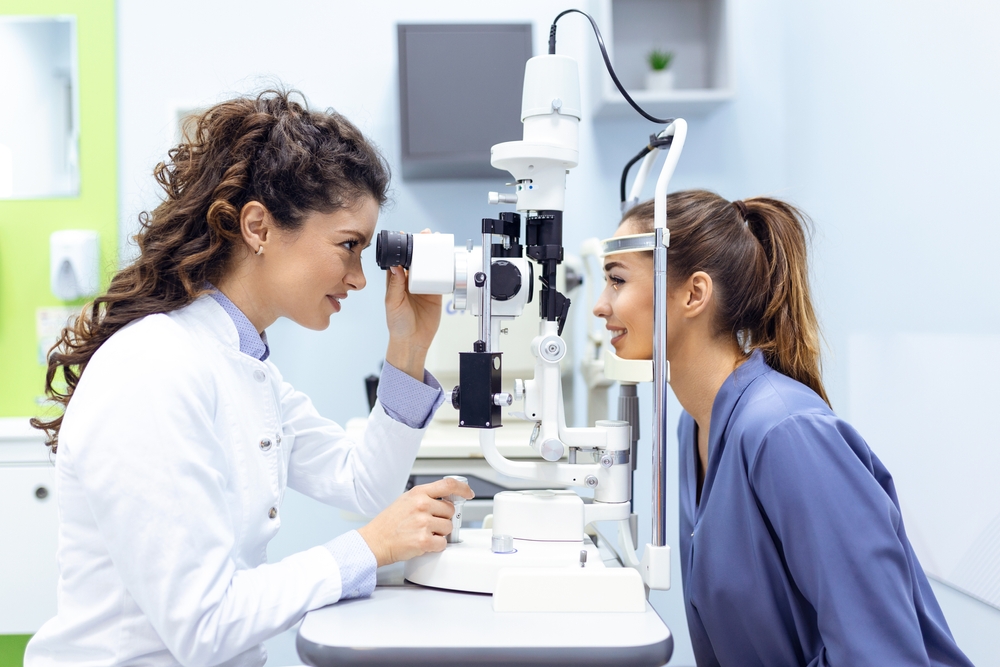Eye Facility in Andalusia: Advanced Vision Treatment Services Available
The Total Break Down of Retina Disorders and How They Impact Your Vision
Retina conditions can interrupt this fragile procedure, leading to a range of vision disabilities. By discovering the anatomy of the retina, typical disorders that can impact it, their reasons, signs and symptoms, and available treatment alternatives, we can acquire important understandings into protecting and safeguarding our vision.
Introduction of Retina Anatomy
The elaborate framework of the retina acts as the foundation for aesthetic perception and plays an essential role in the procedure of converting light into neural signals for the brain to analyze. Situated at the back of the eye, the retina includes a number of layers that collaborate flawlessly to facilitate vision. At the core of this complicated structure are photoreceptor cells called cones and rods. Poles are accountable for vision in reduced light conditions and discovering movement, while cones are crucial for shade vision and detailed aesthetic acuity. These photoreceptor cells convert light power right into electric signals that are then refined by various other retinal cells, such as bipolar cells and ganglion cells. The bipolar cells transmit signals from the photoreceptors to the ganglion cells, which subsequently send these signals via the optic nerve to the brain for visual handling. Comprehending the elaborate anatomy of the retina is fundamental in comprehending just how vision functions and just how numerous retina problems can influence aesthetic assumption.

Usual Retina Disorders
Retina disorders encompass a variety of problems that impact the detailed structure of the eye liable for aesthetic handling. One common disorder is age-related macular degeneration (AMD), a leading cause of vision loss in individuals over 50. AMD affects the macula, a part of the retina crucial for sharp central vision, resulting in blurriness or dead spots in the central aesthetic field.
Another prevalent problem is diabetic retinopathy, taking place in people with diabetes. High blood sugar level degrees damage the capillary in the retina, leading to vision impairment or loss of sight if left neglected. Retinal detachment is a severe disorder where the retina retreats from its regular placement, causing an abrupt beginning of advances, flashes of light, or loss of vision in a curtain-like pattern.
Finally, retinitis pigmentosa is a group of hereditary conditions that trigger the breakdown and loss of cells in the retina, resulting in night blindness and a gradual constricting of the visual area - cardiologist andalusia. Recognizing these usual retina conditions is vital in preserving vision and seeking timely medical intervention
Sources Of Retina Disorders
Various variables contribute to the growth of retina disorders, consisting of genetic predispositions, way of living options, and underlying health conditions. Genetic tendencies play a significant duty in many retina disorders, such as retinitis pigmentosa and macular deterioration. People with a family members background of these problems go to a higher risk of developing them because of inherited genetic anomalies affecting the retina's function.
Way of living options can likewise affect retina health and wellness. Cigarette smoking, for instance, has been connected to an enhanced risk of age-related macular degeneration, a typical retina problem that can lead to vision loss. Poor nutritional behaviors doing not have important nutrients like vitamins A, C, and E, along with omega-3 fatty acids, can likewise add to the advancement of retina disorders.
Hidden health problems, such as diabetic issues and high blood pressure, are recognized to affect the retina. Diabetic retinopathy, a difficulty of diabetes, can cause damage to the capillary in the retina, bring about vision disability. High blood pressure can result in hypertensive retinopathy, where high blood stress affects the blood vessels in the retina, possibly causing vision troubles. eye center andalusia. Understanding these causes is important in protecting against and taking care of retina disorders.
Signs and Diagnosis
Offered the substantial impact that triggers such as hereditary tendencies, way of living choices, and underlying health and wellness problems can carry the advancement of retina conditions, it is important to recognize the symptoms and use reliable analysis techniques for early discovery and management. Signs visit this web-site of retina problems can vary depending upon the particular condition yet may include obscured or misshaped vision, the unexpected look of advances or flashes of light, a dark place in the center of your vision, or a progressive loss of central vision. It is important to seek prompt medical attention. if you experience any of these signs.
Detecting retina disorders typically includes a comprehensive eye examination, which might consist of aesthetic skill examinations, dilated eye examinations, optical coherence tomography (OCT), fluorescein angiography, or various other imaging tests. Your eye care supplier may likewise make inquiries concerning your medical background and any family history of eye conditions. Early detection with routine eye exams is key to preventing vision loss and handling retina conditions effectively. If identified with a retina disorder, your doctor will collaborate with you to establish a tailored therapy plan to preserve your vision.

Treatment Options and Monitoring
Effective management of retina problems includes a multifaceted strategy that includes customized therapy options to resolve specific conditions and preserve aesthetic function. Treatment choices for retina conditions vary depending upon the underlying reason and severity of the problem. In cases of retinal detachment, medical treatments such as vitrectomy or scleral buckling might be necessary to avoid and reattach the retina vision loss. For conditions like age-related macular degeneration (AMD), therapies like anti-VEGF shots or laser therapy can help reduce disease development and protect continuing to be vision.
Regular eye tests and very early discovery of retina conditions are important for effective administration and treatment end results. Individuals with retina disorders ought to function very closely with their eye doctor to develop an individualized treatment strategy that resolves their certain requirements and assists maintain ideal aesthetic feature.
Conclusion
To conclude, understanding the anatomy of the retina, usual conditions, causes, signs, medical diagnosis, and therapy choices is important in taking company website care of vision impairments. Retina disorders can substantially affect vision and quality of life, making early detection and appropriate management necessary. By remaining educated regarding these conditions and looking for proper clinical care, individuals can much better protect their vision and keep total eye health.

Understanding the elaborate anatomy of the retina is essential in understanding just how vision features and exactly how numerous retina conditions can influence aesthetic perception.
Retinal detachment is a significant problem where the retina draws away from its regular placement, causing an unexpected onset of advances, flashes of light, or loss of vision in a curtain-like pattern.
Symptoms of retina disorders can vary depending on the details problem yet may consist of blurred or misshaped vision, the sudden appearance of advances or flashes of light, a dark place in check it out the facility of your vision, or a gradual loss of central vision.In conclusion, comprehending the makeup of the retina, common conditions, triggers, signs and symptoms, medical diagnosis, and treatment choices is critical in managing vision disabilities.